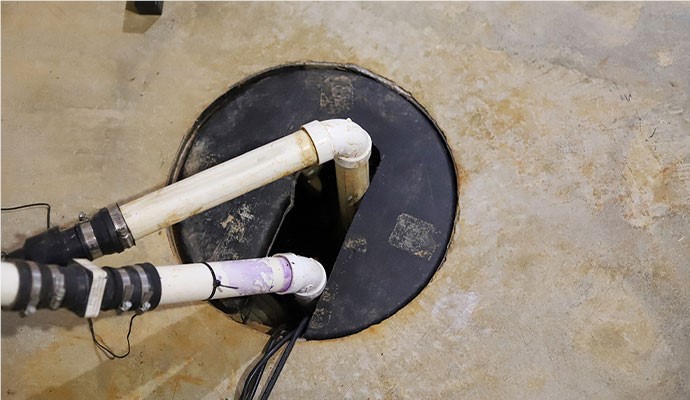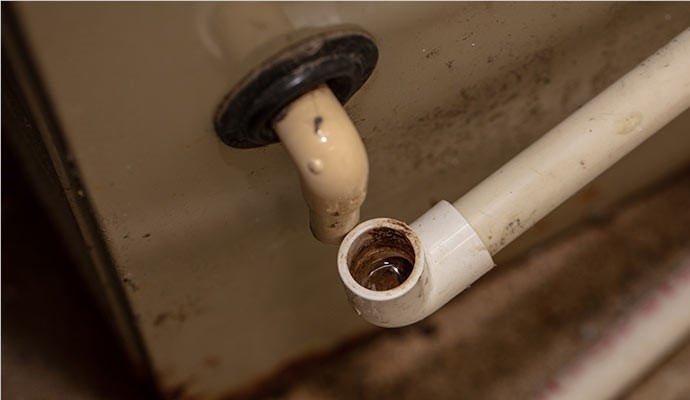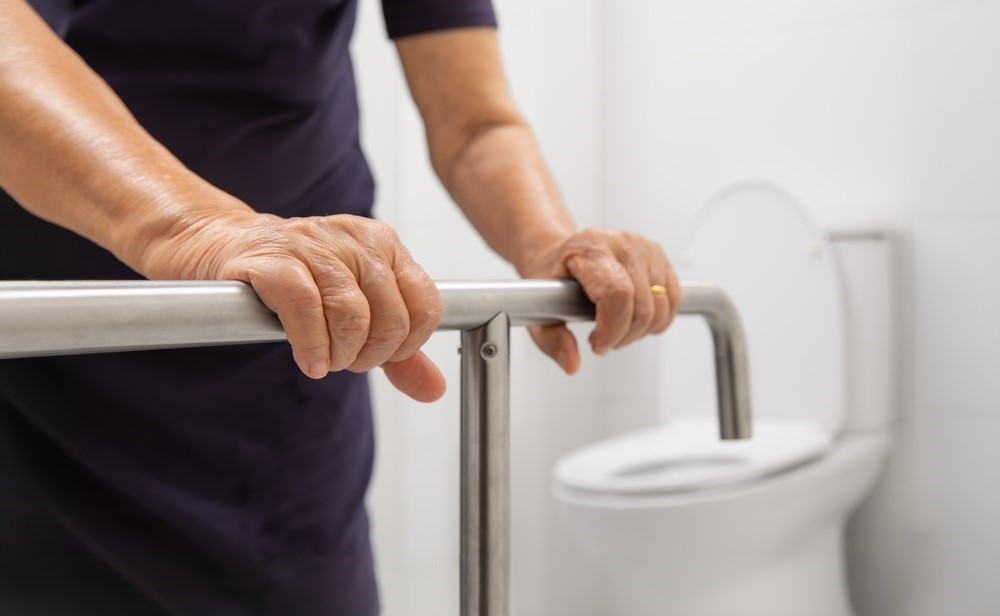Do you know about your sump pump and its importance in your home? And do you know if you’re covered by your insurance if you run into issues with your sump pump? If you live in a home that is on any foundation other than a slab, you should have at least one sump pump and possibly more depending on the size of the home and various other environmental factors. Even with a sump pump, it’s important to know how it works and the different issues you might encounter.

How Sump Pumps Work
The first thing to know about your sump pump is how it works. When a home is built, a drainage system is created around the foundation to filter water down to the drain tiles which then drain into the sump pump. The entire purpose of your sump pump is to keep water away from your foundation so it doesn’t seep into your home. After the water drains into the pump it is pushed as far away from the foundation as possible, usually towards the street, the middle of the yard, or a drainage ditch. When there is too much water at once, the drain tiles can fill, and the sump pump may not be able to work fast enough to continue pumping out the water, causing the pump to overflow. This means that even if the sump pump is working properly, it’s still possible to have a water loss in your home due to a sump pump backup.
Different Problems
Burnout Due to Overuse:
There are multiple ways a sump pump can experience overuse. The first thing to consider is the age of the sump pump. If the date on the pump says replace it, then it must be replaced even if it’s been working properly. The next storm might be the one that causes it to fail. Living on a high-water table can also cause burnout. Because there is often water near the foundation, the sump pump must constantly be working overtime. Finally, anything that causes excess water near the foundation will put the pump in overdrive. This could be anything from extensive rains, to poor landscaping, to an above ground pool breaking and flooding the yard.
Power Outage:
Put simply, if there’s no power, there’s no pump. The last thing you want when the power goes out in the middle of a torrential storm is to worry about your basement flooding. In an ideal situation, the home would have a whole house generator to ensure the sump pump continues running in the event of a power outage. Because this isn’t a perfect world, it’s highly recommended to have a battery backup for your sump pump, assuming you don’t have a generator. It’s best to get a battery that has a two- to four-hour life as most outages are resolved in that time frame.
Underuse:
Although it may seem counterintuitive, underuse of a sump pump can also cause issues. The sump pump detects water levels much the same way that a toilet does. There is a float that sits in the pump pit and rises as the water rises. Once the float gets to a certain point, the sump pump activates. Sometimes, when the pump has not been used in a long time or at all, the float will get stuck, so the pump never activates even though the water is rising. The easiest way to prevent this from happening is to look at your sump pump once a month and make sure the float is working. This can be done by manually lifting the float until you hear the pump go off or by simply pouring water into the sump pump pit until the float rises enough to activate the pump.
Know Your Policy
SUMP PUMP COVERAGE IS NOT TYPICALLY STANDARD IN HOMEOWNER POLICIES. This is so important, and so many homeowners are unaware of it that it bears repeating – sump pump coverage is not usually standard coverage. If you live in a house that is on a crawlspace or a basement, check your policy and talk to your agent. Most insurance companies have a separate endorsement that must be added to your policy for sump pump backups and other drainage issues to be covered. It is highly recommended to make the small investment into extra premiums to have the highest coverage your budget will allow. It can be the difference between having your finished basement restored at the cost of only your deductible or 100% out of pocket which can run in the tens of thousands of dollars.
Subscribe to Innovative Home Services's Blog







Comments